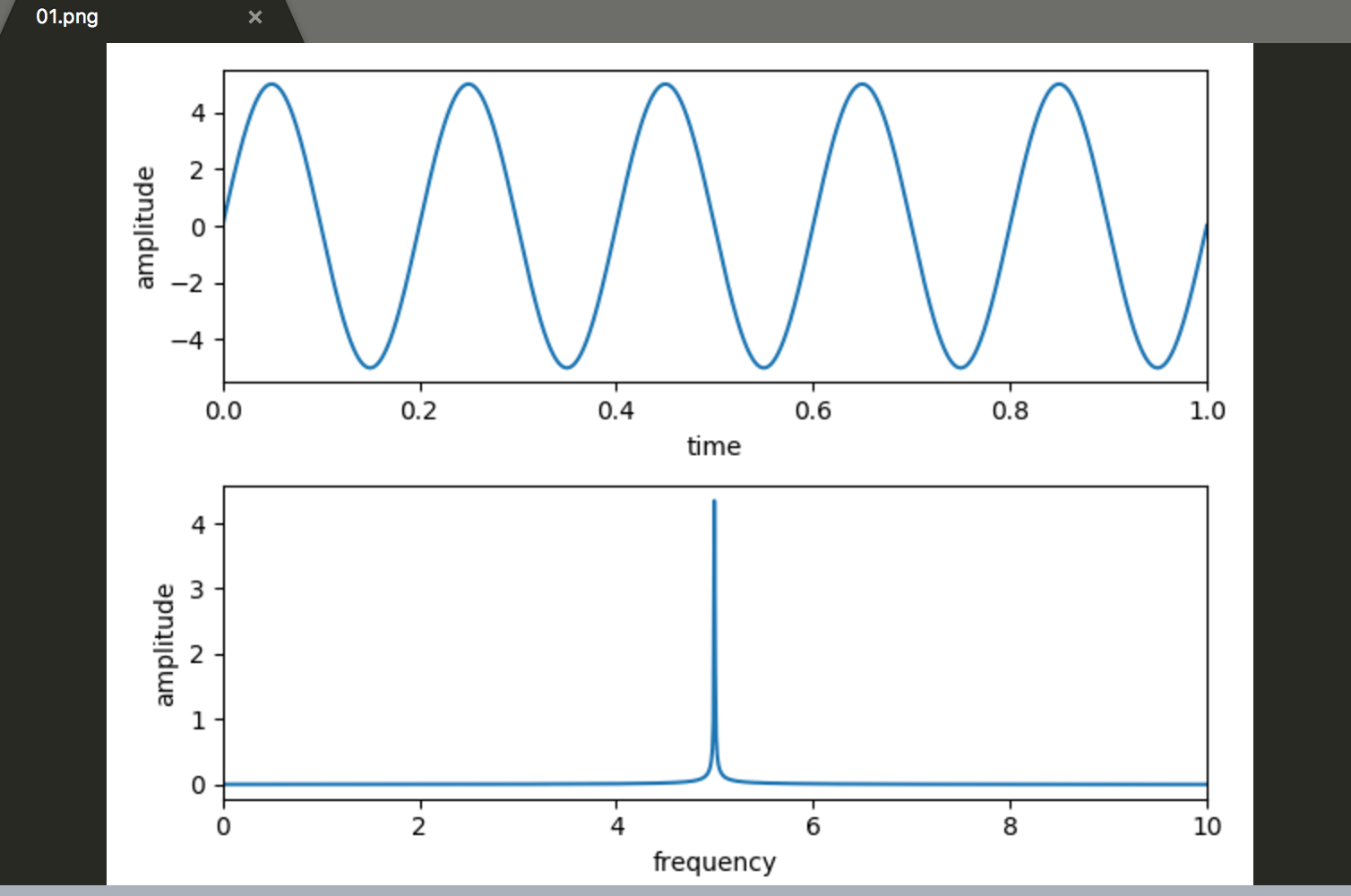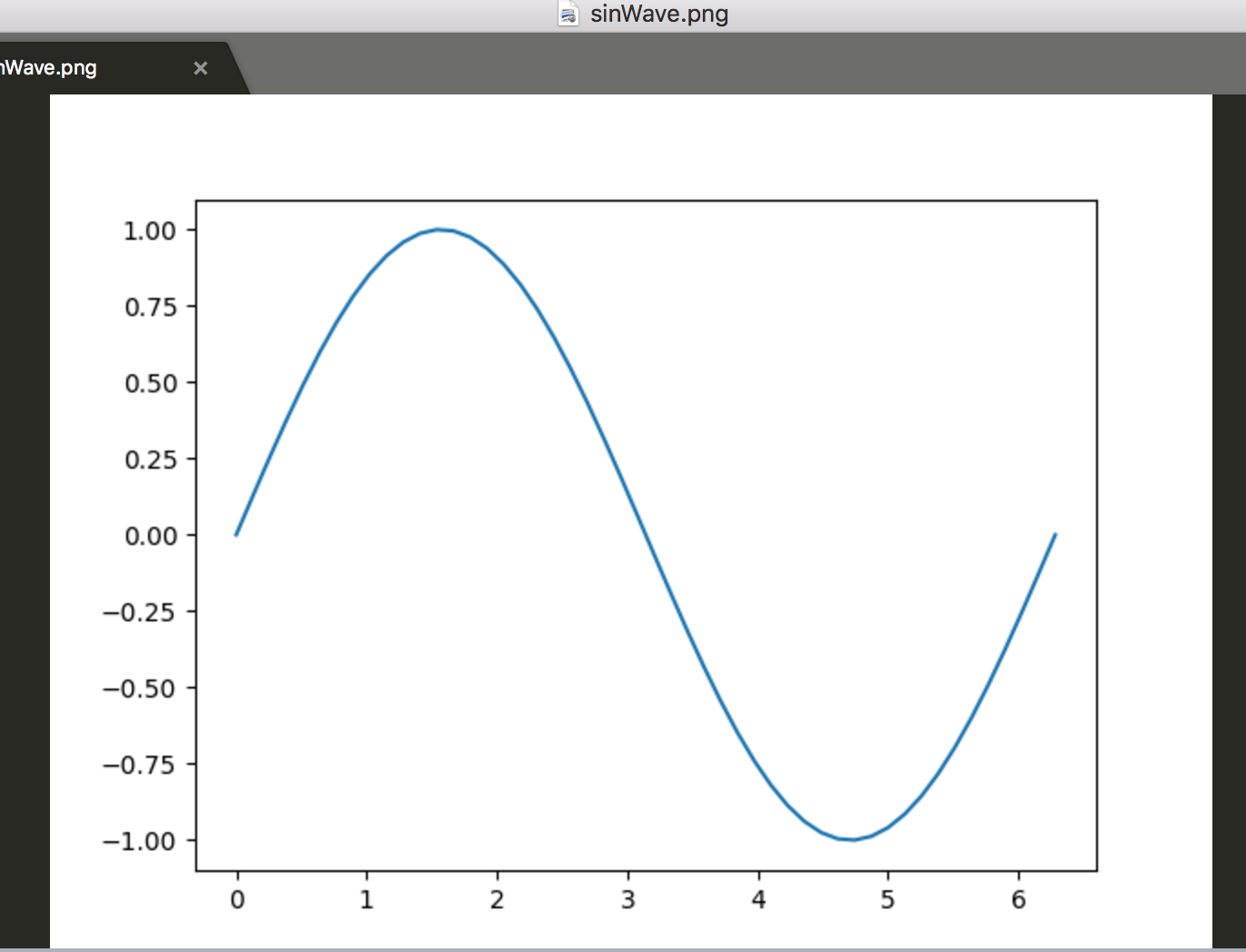自然対数: 微分しても値が変わらない
import math
print(math.e)
[vagrant@localhost python]$ python myapp.py
2.718281828459045
ほう、
べき乗
print(3**3)
print(pow(2,5))
print(math.pow(2,6))
[vagrant@localhost python]$ python myapp.py
27
32
64.0
冪乗は、用途が多いので、書き方も複数あるようですな。
平方根
print(3**0.5)
print(math.sqrt(3))
print(3**0.5 == math.sqrt(3))
[vagrant@localhost python]$ python myapp.py
1.7320508075688772
1.7320508075688772
True
複素数
import math
import cmath
print(cmath.sqrt(-3 + 4j))
print(cmath.sqrt(-1))
[vagrant@localhost python]$ python myapp.py
(1+2j)
1j
指数関数: eのべき乗
import math
print(math.exp(3))
print(math.exp(2) == math.e**2)
[vagrant@localhost python]$ python myapp.py
20.085536923187668
False
おおお
対数関数
print(math.log(math.e))
print(math.log10(100000))
print(math.log2(1024))
[vagrant@localhost python]$ python myapp.py
1.0
5.0
10.0


